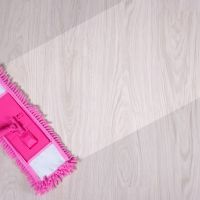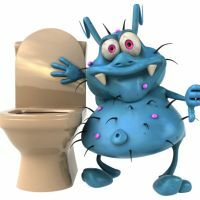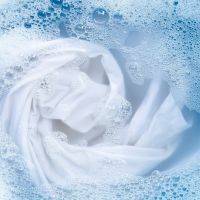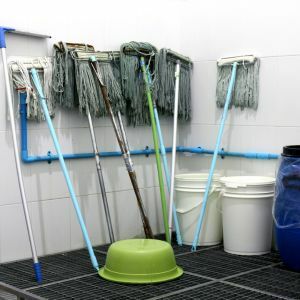Organising Supply Rooms: Guidelines for Cleaning and Efficiency
Keeping your storage areas and supply rooms clean and organised is essential for the smooth functioning of any business. Not only does it enhance efficiency and productivity, but it also ensures a safe and healthy environment for employees and customers alike.
Colour Coding: Simplifying Cleaning Equipment Organisation 
One effective way to organize your cleaning equipment is by implementing a colour coding system. Assigning specific colors to different items like mops, brooms, wipes, and other cleaning tools can greatly simplify their identification and usage. Let's take a look at some common colour assignments:
- Pink: Bathrooms
- Blue: General Cleaning
- Green: Food Preparation Areas
- Yellow: Clinical Areas
Imagine you run a hotel. By using pink for bathroom cleaning tools, blue for general cleaning, green for food preparation areas, your staff can easily locate the appropriate tools for specific cleaning tasks. This not only saves time but also ensures that the right products are used in each area, maintaining cleanliness and hygiene standards.
Separating Colours for Hygiene: Minimising Cross-Contamination 
Why is it crucial to keep colours separate? Well, it's all about maintaining hygiene standards. When you assign different colours to specific areas or tasks, you ensure that the cleaning tools are not shared between different areas, thereby reducing the chances of cross-contamination.
For example: In a hospital, using pink-coded tools exclusively for bathrooms minimizes the risk of transferring potentially harmful bacteria to other areas, such as patient rooms or food preparation areas. Similarly, using green-coded tools solely for food preparation areas helps prevent cross-contamination with clinical areas, ensuring the highest standards of cleanliness.
Dedicated Products for Different Areas: Kitchen vs. Bathroom
When it comes to maintaining cleanliness in your business, using separate cleaning products for kitchens and bathrooms is of utmost importance. Each area has unique requirements and potential hazards, which is why using specialised products is crucial.
Using pink/red cloths that have just cleaned a bathroom in a kitchen area is obviously a cross contamination risk. Training staff and making it quick to differentiate between cleaning cloths and mops makes it easier to avoid issues.
Cleaning Mops and Wipes: Proper Maintenance for Longer Lifespan 
Cleaning the tools that help you maintain cleanliness might seem obvious, but it's crucial to ensure their effectiveness and longevity.
Rinse the mop or cloth with warm water to remove debris. Then, immerse the mop head and cleaning cloth in a sanitising solution, allowing them to soak for the recommended duration (as per the cleaning product instructions), to kill germs effectively. Ensure the mop and cloths are then air-dried thoroughly before storing them in designated areas.
By incorporating these additional steps of soaking in sanitising solutions, you ensure a germ-free environment and increase the time the cloth or mop will last.
The Importance of Proper Drying: Enhancing Germ-Killing Efficiency
Drying cloths and mops correctly plays a vital role in effectively killing germs and maintaining an hygienic environment. When cleaning surfaces, these tools may come into contact with moisture, which can create an ideal breeding ground for bacteria and other microorganisms. By ensuring that cloths and mops are thoroughly dried before storage, any remaining moisture is eliminated, minimising the survival and growth of germs. Proper drying allows air circulation and evaporation, preventing the formation of damp conditions that can promote microbial proliferation. Additionally, a dry environment helps preserve the integrity and effectiveness of cleaning materials, ensuring that they continue to provide optimal cleaning and disinfection results. By prioritising proper drying techniques, such as air-drying in well-ventilated areas, businesses can significantly enhance their cleaning practices and create a safer, healthier space for employees and customers alike.
By implementing a colour coding system that follows industry standards such as pink for bathrooms, blue for general cleaning, green for food preparation areas, and yellow for clinical areas, you can create a clean and efficient environment while minimizing the risk of cross-contamination. Remember to use dedicated cleaning products for different areas and properly maintain mops and wipes for optimal performance and longevity. An organized supply room not only boosts productivity but also enhances the overall safety and well-being of everyone involved. Happy organising!
If you need help finding the right wipes or mops for your workplace, give us a call on 0508 467 462 or send us an email - we are here to help.
Posted: Monday 10 July 2023


